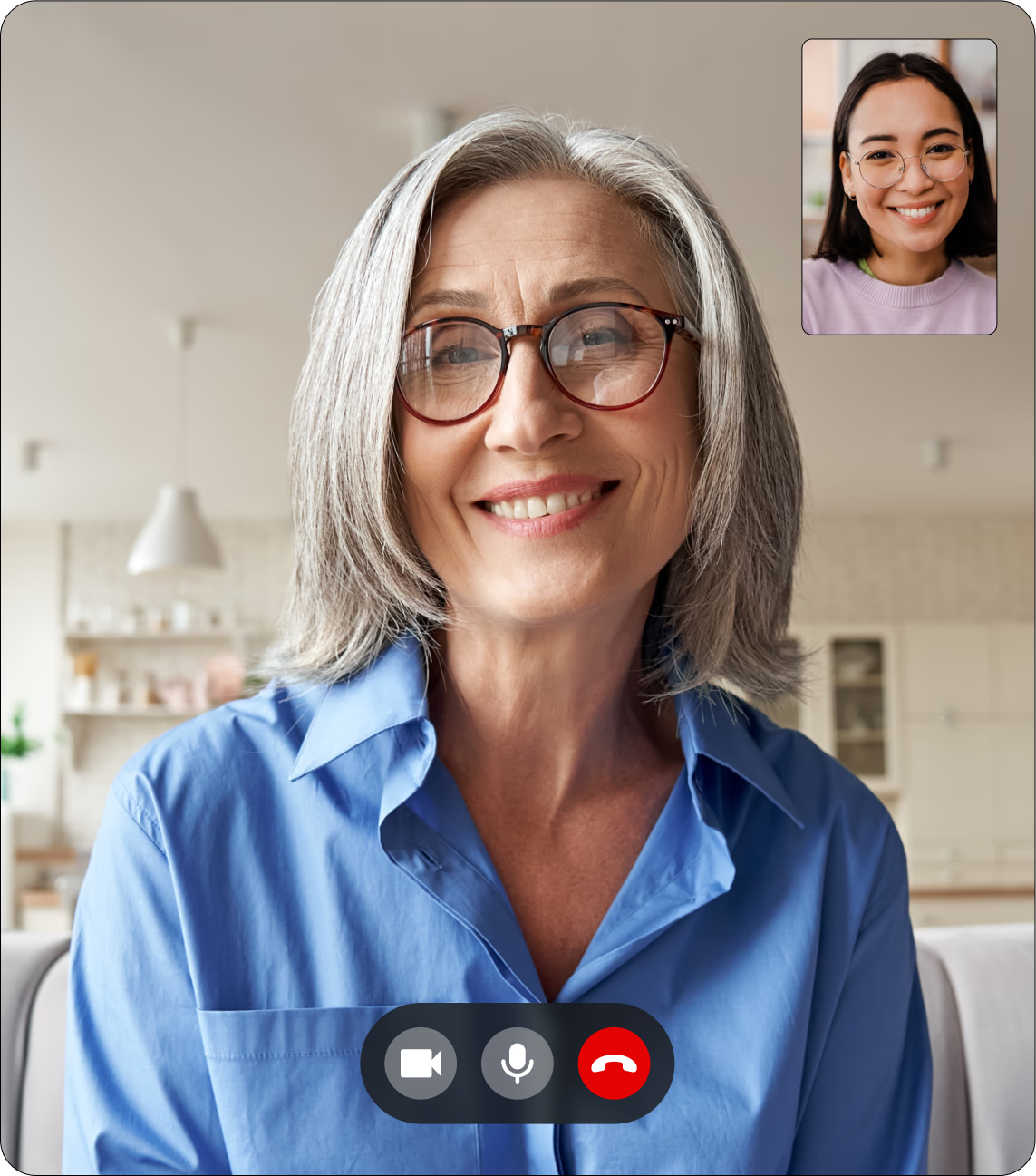

Guide to photo food journals
Learn about what photo food journals are and how they can benefit your clients. Find out about photo food diary app available at Healthie.
Food journaling continues to be one of the most valuable tools nutrition professionals use to monitor eating habits.
Multiple studies prove the benefits of food journaling for overall health. It aides in weight loss, diabetes regulation, food allergy management, and food intolerance identification. More over, it allows nutrition professionals to assess a client’s intake, better identify their food struggles and provide customized nutrition recommendations. This tailored approach to nutritional care takes into account a client’s food preferences, which will help them to adopt these new meal suggestions into their daily food routine. By providing realistic and customized nutrition suggestions, clients are more likely to find long-term success and achieve their overall wellness goals. One way to easily add this to your offerings and to coordinate with clients on food, lifestyle and activity journaling is through Healthie’s Free Starter plan. Learn more about these free services here.
The problems of traditional food logging
Although food journals are highly beneficial to both nutrition providers and clients, there is one huge barrier: food tracking is tedious work. For clients, it can be time consuming to write down and record every single food and item beverage consumed, day-after-day. For providers, it becomes even more of a challenge to keep track of client food journals across multiple platforms: written journals, emailed journals, varying food tracker apps, etc.
Although digital ways to track food are more convenient, many food tracker apps currently on the market focus on calorie counting and specific macronutrient intake. This approach becomes laborious, time consuming, unpleasurable, and even inaccurate. This approach frustrates clients, causing poor engagement and food journaling abandonment.
Also, number-driven food logging sometimes neglects the nutritional quality of food.
We spoke with a group of dietitians about food journaling. Many expressed concern about their clients obsessing over the numbers.
Several mentioned that traditional food journaling may lead to clients eating only low-calorie “diet” foods, because they worry about balancing their caloric budget. Instead, clients should learn about nourishing and wholesome food choices, which may be more calorically dense.
One small study, which examined reasons individuals missed food journaling entries, found that 13 percent of respondents intentionally did not journal for not wanting to exceed their caloric budget for the day.
Number-focused food journaling may also pose psychological dangers for some people.
A client may eat nourishing meals all week long, but then consciously chooses pizza for dinner on Friday night. Seeing a high number of calories could interfere with the progress that client made in his or her relationship with food. Many chronic dieters experience this “all or nothing” mindset.
This experience can lead to discouragement, feelings of failure, and may even encourage an unhealthy relationship with food.
The better way to food journal
Rather than a number-driven journal, Healthie’s patient-friendly platform, now with a free starter plan, uses photo-based food journaling.
Clients can quickly snap a picture of their food, post it to the app, and rate various provider-determined metrics, such as pre-meal hunger, post-meal fullness, perceived healthiness of the meal, and more.
This science-backed style of journaling helps clients see their food as a whole, rather than as a number set.
{{free-trial-signup}}
Studies show food photos are an accurate tool for estimating the nutrient content of meals and proper portion sizes.
Photo food journaling can lead to improved taste perception, and better recall of meal details. This approach removes barriers to journaling, encourages more adventurous eating, healthier food choices, and increased mindfulness in food choices.
Moreover, participants across a variety of photo food journaling studies report feeling less judgment on their food choices, which increases food journaling compliance.
Healthie wants to help you help your clients. That’s why a photo food log is a featured component of the Healthie platform. To set up a free Starter account today, click here.
Clients of Healthie providers track their food in our patient-friendly mobile app or from their computer by logging into their online Healthie client portal. Providers are notified of new journal entries in real-time. Healthie providers can comment on journal entries to increase client engagement and accountability between sessions.
Plus, for more detailed food journaling, Healthie integrates with FitBit. Metrics from FitBit record automatically within the Healthie platform, creating a more meticulous breakdown of a client’s food intake and physical activity. Clients don’t even need a wearable device. They can use FitBit’s online platform instead.






